#ash borer
Text

Stuart Bailey - Convict all flesh, 2023, Danish linen, embroidery thread and embroidered patch
25 notes
·
View notes
Text
Ash Borer, "The Irrepassable Gate"
#NowPlaying
1 note
·
View note
Text
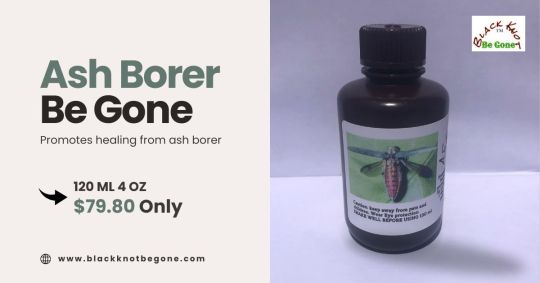
Ash Borer Be Gone is the best product for the prevention of ash borers in various plants. It is an all-natural product with NO pesticides or pharmaceuticals added and includes organic plant ingredients. If the tree is recently infected as the xylem system needs to be in place to feed the tree. Order the 120 ml 4 OZ only for $79.80. For product, inquiries feel free to contact: 607-343-7781.
0 notes
Text

13. #Vanum | Legend (22 Apr)
A falta de Ash Borer, buenos son Vanum. Mejores incluso, la verdad, porque ya ni me acuerdo a qué sonaban los otros; ¿eran rollo Summoning? Descúbrelo en el jodido fanzine.
#DiciembredeMetal
0 notes
Text


emerald ash borer + hotwheels sisyphus
#my art#septembug#septembug 2024#spider#beetle#character design#emerald ash borer#hotwheels sisyphus#spirals
189 notes
·
View notes
Text


Stripped bare
#landscape#landscape photography#photography#nature#nature photography#naturecore#ash#emerald ash borer#fraxinus#trees#woods#forest#winter#hills#knobs#kentucky#jefferson memorial forest
61 notes
·
View notes
Text
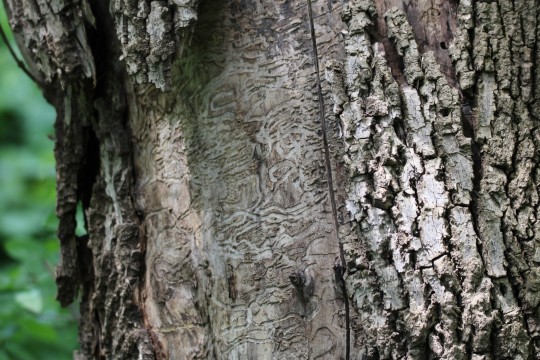
Emerald ash borer gallery (signs) on an ash tree. This species is highly invasive and destructive in North America. 5/22/24
#emerald ash borer#mine#invasive species#insects#invertebrate#invertebrates#bugs#insect#animal tracking#animal tracks#nature#wildlife#naturalist#nature photography#photography#ecology#north america#animals#ecologist#wildlife biology#wildlife biologist#biologist
20 notes
·
View notes
Text
little creature of the day: Emerald ash borer
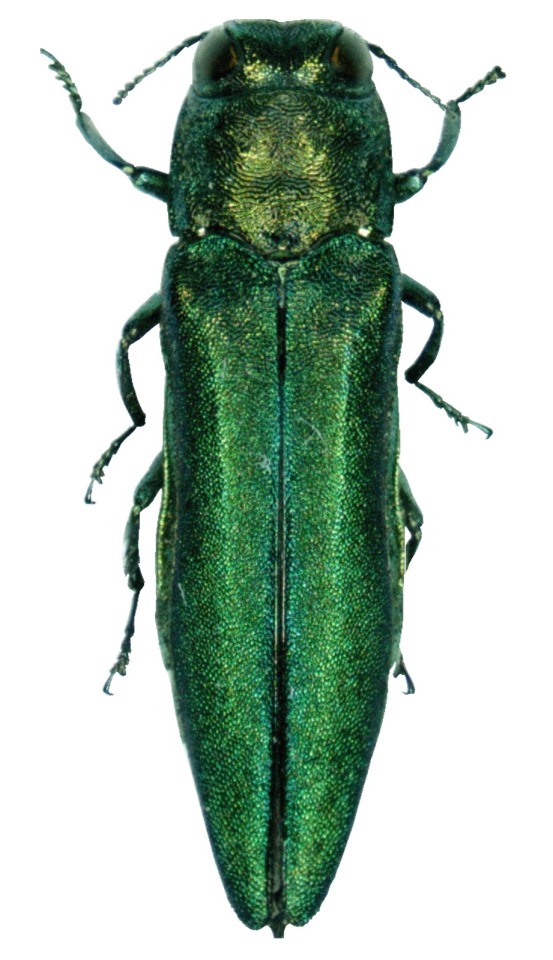
they look bedazzled
image source
8 notes
·
View notes
Text



@emordnilap-fr submitted: found this bug in southeast louisiana! (well, landed in my shirt) looks like a wasp, but i can't find it in any wasp lists, and i think those striped 'wings' are actually wing covers (noticed on the last pic). any idea what it may be? :o
They are indeed wing covers (elytra) because this is a beetle pretending to be a wasp! It's a red-headed ash borer :)
131 notes
·
View notes
Text
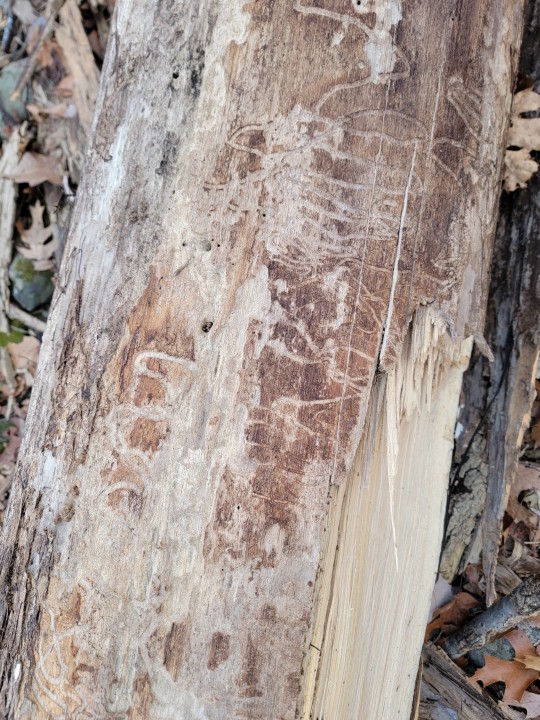



White Ash - Fraxinus pensylvanica
For this post I'm going to discuss the snags and reason I got back into ecology: The Ash Tree
Around the 1990s an insect from northeastern Asia was accidentally introduced to the Continental United States, by 2002 this insect was identified in Michigan after destroying several million acres of forest, this insect was the Emerald Ash Borer. The borer's larvae consume the living inner bark layer (leaving an interesting pattern), ultimately starving the tree of nutrients. The bark will often flake or peel off. By the year 2015, there were signs that the borer had spread to the east coast, its journey likely accelerated by the spread of firewood from infected logs, by 2019 nearly every mature Ash tree in Northern New Jersey was killed.
I grew up in a yard with twelve 150 year old Ash trees, the yard was adjacent to a section of Ash dominant forest, I watched the slow decline of all these trees, for half a decade I hoped our trees would be lucky enough to survive but unfortunately they all died within a few summers. Although the White Ash trees I encountered were wild from a 20th century clear-cut, they were a fairly common street tree around the northeast, straight growing, lovely bark and unfortunately most of the nursery stock was derived from a similar gene pool. There was little genetic diversity and many suburban neighborhoods were wiped of Ash trees. Many Ash trees were infested and look like the section of log I saved from my yard now (image below)

Suburban yards aside I quickly began to notice entire sections of forest filled with standing deadwood (image below). Worse yet white ash wasn't the only ash species affected, the entire genus is at risk. American Ash species often occupy a unique niche in cultivating young organisms which grow in vernal pools, the leaves of american ash are low in tannin, meaning they're one of the few leaves which are a suitable food source for young frog tadpoles. The loss of the ash means damage to American frog populations. It also means insects which utilized ash as a host are also at risk.
Ash also has quite a lovely ethnobotanical history, black ash is famous amoung various tribes around the northeast for its use in basket weaving. Historically Lenape elders would use the juice from white ash leaves for reducing swelling. More modern settler usages revolve around using the elastic yet study wood for baseball bats, oars, hockey sticks, and tool handles. My friends father used to raid his boss's construction sites at night to harvest ash slated for removal and deliver it to a baseball bat manufacturer for a decent payout. Ash also has a lovely grain visible in the broken log in the second image
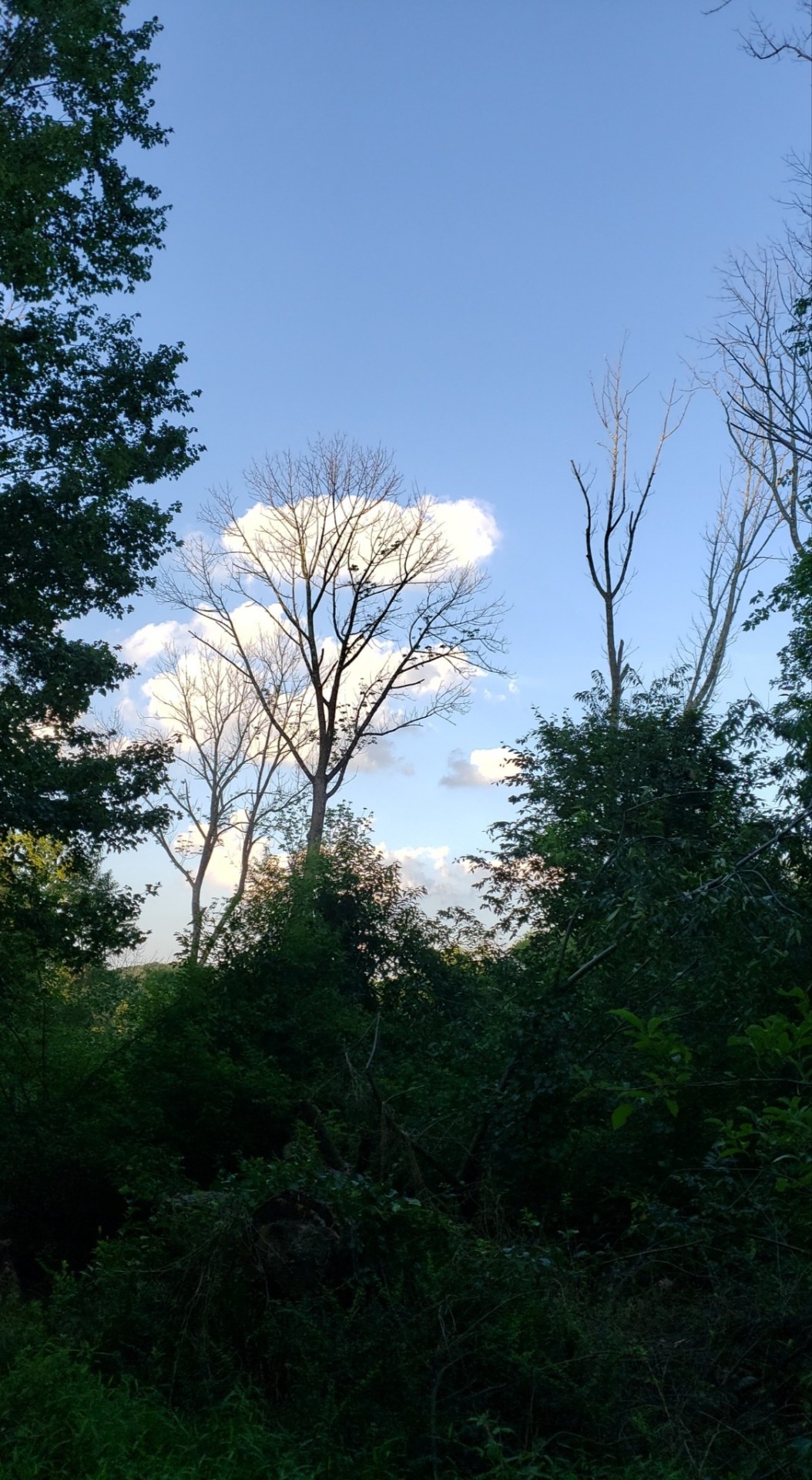
Ash forests now eerie snag filled openings which creak and occasionally fall on unsuspecting hikers. The thought of watching an entire forest ecosystem go really bothered me, ash swamps are unique, varied, there's something almost indescribable about growing up hearing early spring chirps from little tree frogs at night which are now silent. I left my job in architecture and started pursuing a degree related to landscape architecture and ecological planning (not that this is the answer). I started propagating ash trees where I could and planting them around. Unfortunately ash can't immediately return, invasive species often outcompete ash trees in their former forest, the added pressure ultimately reduces their ability to regenerate. The borer has spread so far there is little we can do to remove it, however there is a positive effect with biological control via the borers' specific parasitic wasp.
Is this the end of the ash? Hopefully not. I still find saplings throughout the woods, ash can be aggressive in the right conditions, can they survive into maturity is another question. Perhaps in another century, more will return, and ash will occupy our woods once more. Like the Chestnut work is being done to breed more resistant species.
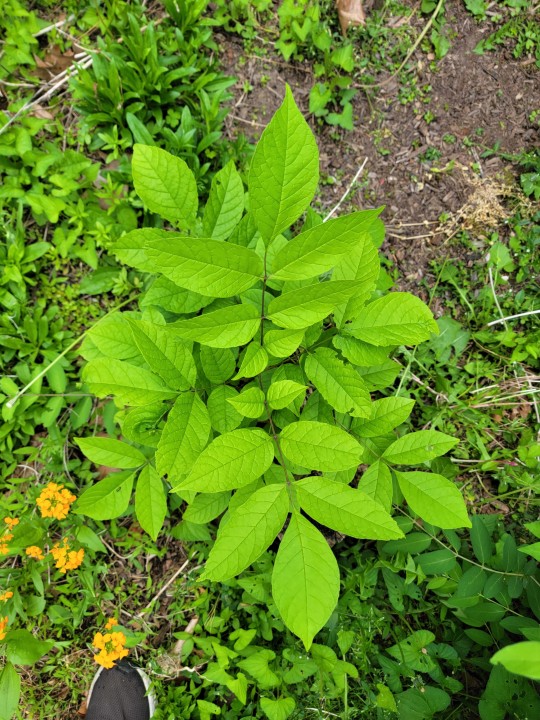
10 notes
·
View notes
Photo
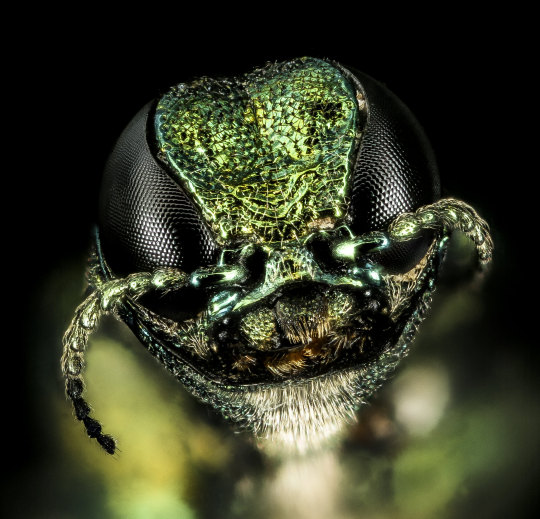
Destroyer of Ash, this is #Agrilus planipennis an invasive #Buprestid that has invaded North America where it feeds on Ash trees. Beautiful and sad at the same time.
95 notes
·
View notes
Text
Ash Borer, "The Irrepassable Gate"
1 note
·
View note
Photo

Black Knot Be Gone is specialized in providing unique products to prevent various black knot diseases in fruit trees, olive trees & grapevines. Now get complete fruit rot treatment from Black Knot Be Gone’s unique products safely promote healing of the fruit trees. Apply our qualitative products to the trees to see the results. Contact: 607-343-7781.
To order this product please visit: https://www.blackknotbegone.com/products/copy-of-black-knot-be-gone-%E2%84%A2-safely-promotes-healing-of-the-whole-tree-for-black-knot-disease-all-organic-plant-ingredients
0 notes
Text
Officials 'shocked' after spotting highly invasive species capable of wiping out entire forests: 'My heart kind of sank'
2 notes
·
View notes
Text
God there are always so many tree diseases and invasive insects from Europe that find their way to our noble yet defenseless North American trees and completely destroy them >:(
#All the gigantic beautiful ash trees we have on our campus are getting slaughtered by invasive emerald ash borers :(#And those ash trees were planted to replace the beautiful elms that were killed by Dutch elm disease#It’s sad. So many native species are become endangered because of foreign diseases/predators#Our native species get replaced with European species that are able to defend themselves against this stuff. This too is colonization
5 notes
·
View notes
Text
I get to enjoy the (only partial here) eclipse to the soothing sounds of a city worker grinding down a stump in our front yard 👍
#the stump is all that's left of the big ash tree they had to cut down a couple weeks ago due to the horrors (emerald ash borers)#that tree was older than me probably :(#shut up bri
4 notes
·
View notes